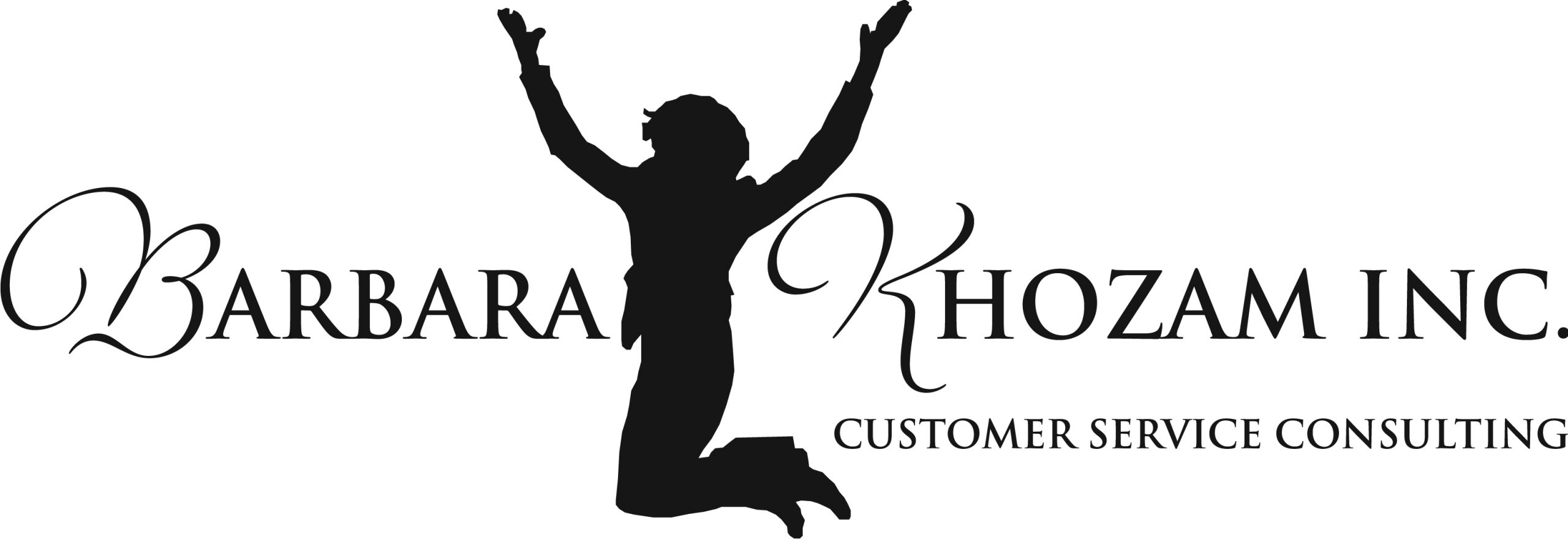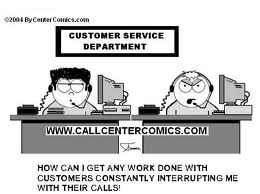As a customer service consultant, I get asked about customer service scripts all the time. I’m often asked, “If I ‘make’ my customer service staff use a script, won’t they sound robotic?” The answer is…complex.
I grew up with a father who was in law enforcement for 45 years. Perhaps that’s why I’m a big proponent of protocols – in writing. I’m a fan of clear expectations – in writing. I’m a believer in standards – in writing. How else can we hold ourselves and others accountable? Of course, these protocols and standards need to be reasonable and flexible enough that they don’t discourage creativity or deter personal connections.
Think about the military. Where would it be without its many protocols? What about healthcare? If doctors and nurses didn’t have protocols prescribing clinical duties for drawing blood or brain surgery, we’d have serious problems. Well, if protocols are necessary for these professions, why aren’t they okay for customer service? Protocols are okay. In fact, they are necessary.
I believe so strongly in standards that I recommend showing your customer service protocols to all potential employees during the interview process. If they don’t feel they are able to perform any of the prescribed functions, they’re most likely NOT a good fit.
Real World Story: A few years ago, I was hired to coach a woman who was new to the field of management. She was promoted above her peers, so she had problems getting them to complete tasks and follow instructions. For example, her team members would routinely arrive late, turn in projects after deadlines, and be rude to customers. When I asked her what the organization’s codes of conduct were for arriving on time or turning in projects when due, she said the company didn’t have any. In fact, the organization didn’t even have job descriptions. It was no wonder she was having a tough time. Once I pointed out to her the benefits and reasons for having standards and protocols, she became excited. She finally got it: she couldn’t hold her team members accountable for something they didn’t even know was their responsibility.
Over the next several months, she and her team worked together to create job descriptions, codes of conduct, and customer service protocols, to which they all signed off on – literally. Now, when her team members fail to meet the expectations of any item on the list, she simply points to the list and asks them how they’re going to get back on track. That’s a much easier conversation, isn’t it? AND not only is she managing her team with less effort, but also her employees are much happier (less turnover) and productivity has skyrocketed.
Here’s the beautiful thing about having customer service protocols. When your people agree to and sign off on them, they are taking ownership of their responsibilities. When they don’t abide by the protocols, they are CHOOSING not to meet expectations. AND you can most certainly hold them accountable in these situations. Plus it allows for an easier conversation. Easy? Not really. Easier? Yes.
Strategies that Turn it Around:
1. Create customer service standards and protocols that are appropriate to your company and specific to your industry.
2. Discuss your list of protocols with each team member, attach the list to the employee’s job description, and have each person sign off in writing.
3. Continually monitor your team member’s performance to make sure the protocols are not too stringent or too lenient.
4. If you need help, seek outside support. It’s good to get help from an independent third party because someone from outside your organization can see your business from a different perspective.
Let me know how YOU use customer service protocols, if you do. If you don’t, tell me how you plan to implement them now that you have some insight. I’d love to read your comments below.

